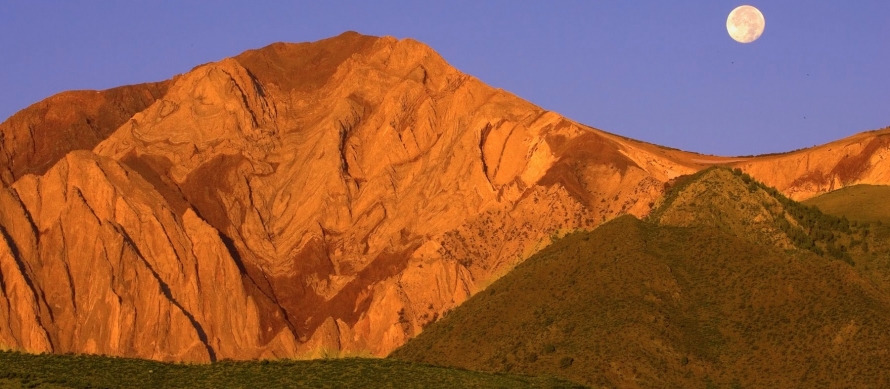Sierra Nevada Aquatic Research Laboratory (SNARL)
The 55-acre SNARL site is an ideal base for field research throughout the eastern Sierra and the Owens Valley. A former US Fish and Wildlife Research station since 1935, the facilities at SNARL were transferred to the University in 1973. SNARL provides a modern laboratory, which includes a molecular diagnostics facility, and experimental stream complex that promotes and encourages scientific research all year long. SNARL lies immediately at the base of the eastern slope of the Sierra Nevada, along the borderline that separates the montane environment of the Sierra from the arid Great Basin Desert to the east. The flora of SNARL includes species characteristic of mesic mountain habitats as well as xeric desert sites. Convict Creek provides a perennial water supply that contributes to SNARL’s habitat diversity. Three major types of vegetation occur on the relatively uniform terrain found at SNARL. Each is characterized by floristic composition and accompanying physical features, including soil type, exposure, and water availability. The three vegetation types found at SNARL are: 1) Great Basin Sagebrush Vegetation 2) High Desert Riparian Woodland 3) Riparian Meadow Vegetation.
Valentine Camp
Mrs. Edward R. Valentine donated Valentine Camp to the University in 1972 and provided a generous endowment fund for its support. The 154 acre Reserve sits below the Mammoth Lakes Basin at an elevation of approximately 8,000-ft (2,400-m) and contains an unusually diverse sample of Eastern Sierran habitats on the climatic ecotone between the sagebrush desert of the Great Basin and the coniferous forests of the Sierra Nevada. Mammoth Creek flows through the property, and numerous springs arise within its boundaries. The terrain includes a variety of elevations, slopes, and aspects. Plant communities include Great Basin Sagebrush, Montane Chaparral, Sierran Upper Montane Forest, Meadow Vegetation, and Montane Riparian Vegetation. The facilities are open, as weather permits, from around the first of June through the middle of October, and on a limited basis for winter day use. Housing consists of three large cabins, which can accommodate a total of 16 persons. A system of foot trails provides access to all of the site's major habitats.


